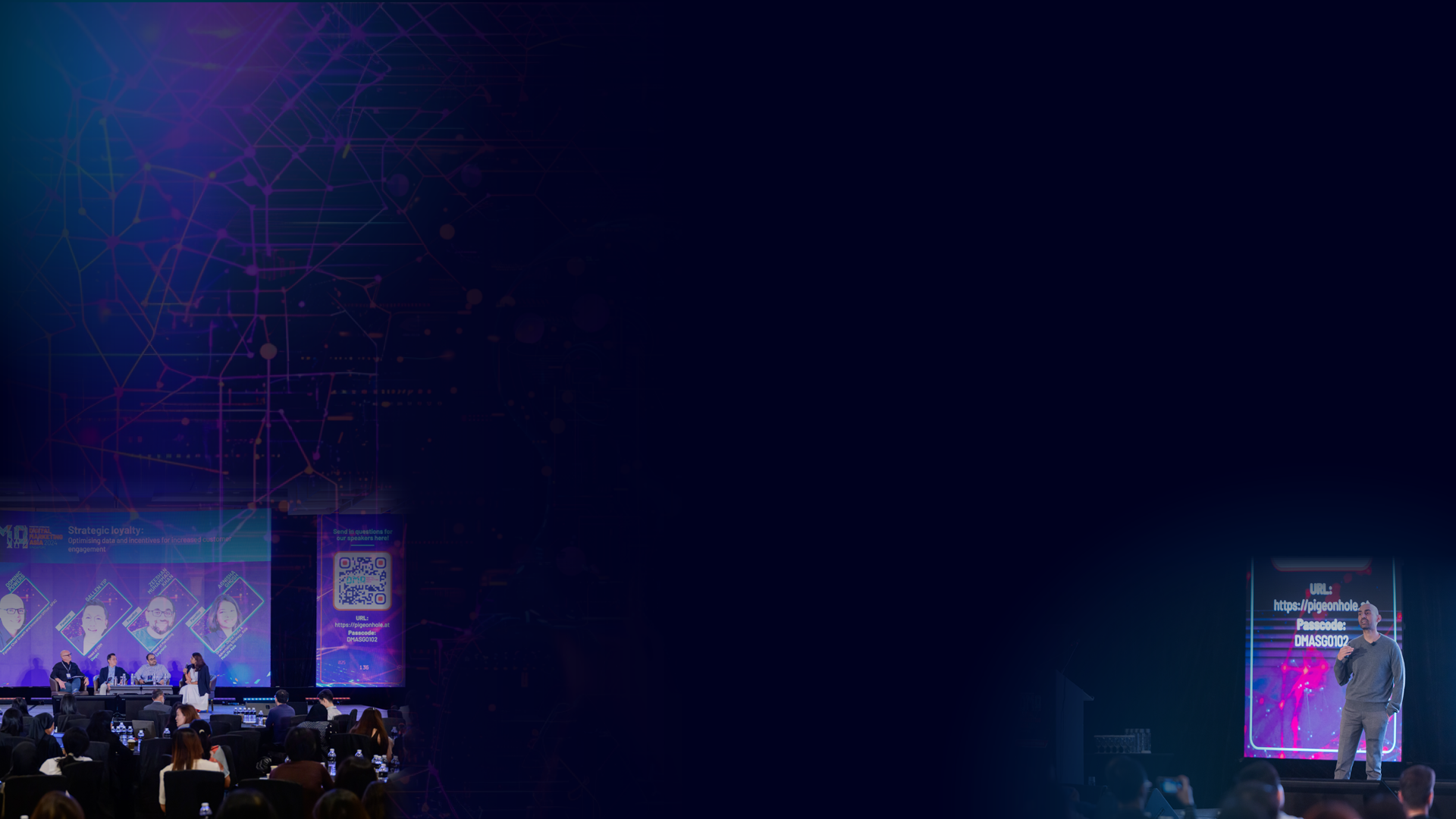



Why ad receptivity is the blind spot in the attention economy
share on
The ad industry has spent the past few years obsessed with attention metrics. But new research from Atomic 212 suggests that attention isn’t enough on its own – because before an ad can hold attention, it has to be seen in the first place.
And today, that is one of the great challenges the industry is facing across the country.
Atomic 212’s latest Deeper Than Attention study, conducted through its Sonar insights platform, surveyed 1,500 Australians and found that receptivity to advertising varies sharply across demographics and channels, exposing some uncomfortable truths about how people really engage with brands.
Most Australians sit on the fence about advertising: 35% feel neutral and just 37% are positive. Gen Z claim to like ads more than anyone else – 61% say they “love or like” advertising – but paradoxically, they are also the least receptive when it comes to behaviour. At the other end of the scale, the 65+ demographic are the most hostile, with 44% openly disliking or hating advertising.
The research classifies consumers into four audience types: content controllers, space evaders, focus shifters and ad-free subscribers. From skipping podcast spots with a triple tap to walking out during TV breaks, Australians are becoming increasingly savvy in sidestepping brand messages.
Channel-level analysis throws up further challenges. Digital formats face the highest ad avoidance, with skipping behaviour entrenched. Podcasting in particular is vulnerable: listeners are conditioned to fast-forward spots, meaning repurposed radio ads simply won’t cut through. Native integrations and tailored creative are now critical. Social media also comes under fire, with the research warning that cut-down TV ads do not work in feed.
“Social media audiences are very reactive and very well trained. A cut-down of a TV ad is not going to do it,” chief strategy officer Asier Carazo, said. “So this is incredibly important that we understand how people are behaving. The formats are still going to be the formats, but we need to do whatever we can within those parameters to make sure our creative is memorable and shines through.”
Cinema, on the other hand, emerges as the surprise winner. While its reach is limited, it is the environment where audiences are least able - or willing - to avoid advertising. Out of home, long criticised for short exposures, also performs better on receptivity because ads are harder to skip.
Even so, avoidance is still present in outdoor and print. Sam Bessell, strategy director at Atomic 212, said that while people cannot skip a billboard or magazine ad in the same way they can skip digital spots, they still find ways to disengage.
“Ad avoidance is less prevalent in these channels, but it is important to report. People focus elsewhere outdoors or literally turn the page in print,” Bessell said.
“The key learning is that even when avoidance is reactive, the ad has still been seen first. That first second of exposure is critical. Yet we still see too many large format outdoor ads where the logo is tiny - only someone in the industry would know what brand it’s for. If you only get a second, make sure it counts.”
Carazo said the findings should force marketers to rethink how they define effectiveness. “Before an ad can hold someone’s attention, it must first successfully get their attention, a step often undermined by ad avoidance behaviours.”
Atomic 212 chief executive Rory Heffernan added that the industry must stop chasing attention in isolation.
“The industry has been so focused on attention that we risk overlooking the gateway to it: being seen in the first place. Receptivity provides a more holistic and accurate measure of effectiveness.”
The broader implication is that the traditional “reach and frequency” model no longer tells the full story. Media planning that ignores receptivity risks overinvesting in channels where ads are skipped, ignored or actively blocked.
“As an industry, we need to have this conversation,” Carazo said. “It’s incredibly important that we understand how Australians are really behaving. We are in the business of making ads, and we want to make sure that people don’t miss them.”
share on
Free newsletter
Get the daily lowdown on Asia's top marketing stories.
We break down the big and messy topics of the day so you're updated on the most important developments in Asia's marketing development – for free.
subscribe now open in new window
